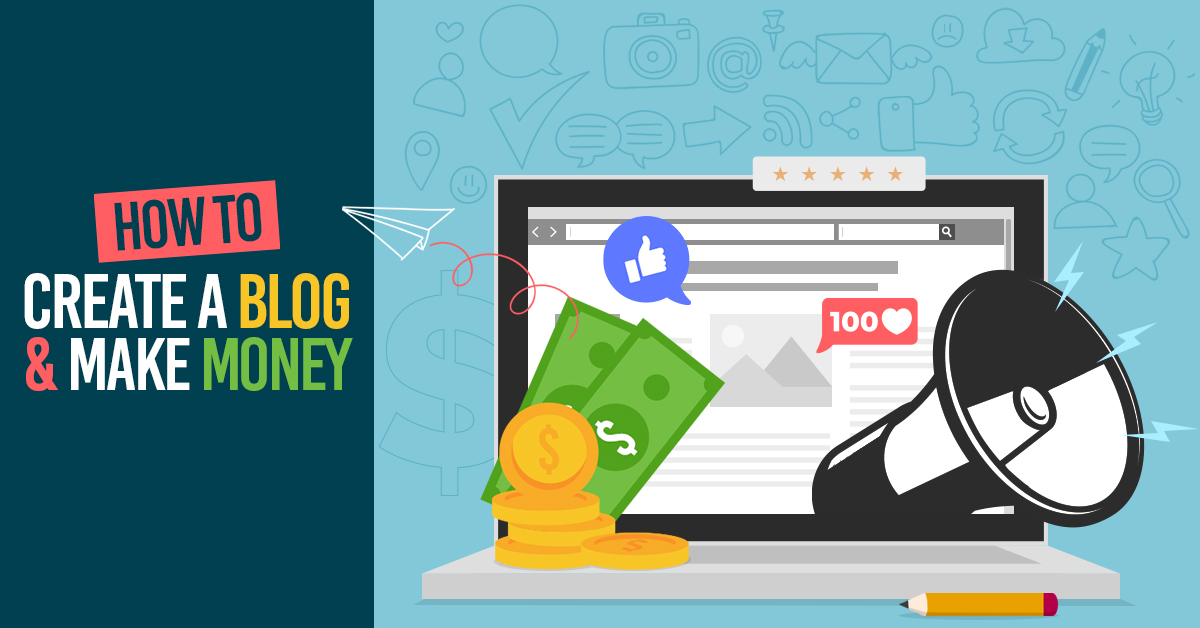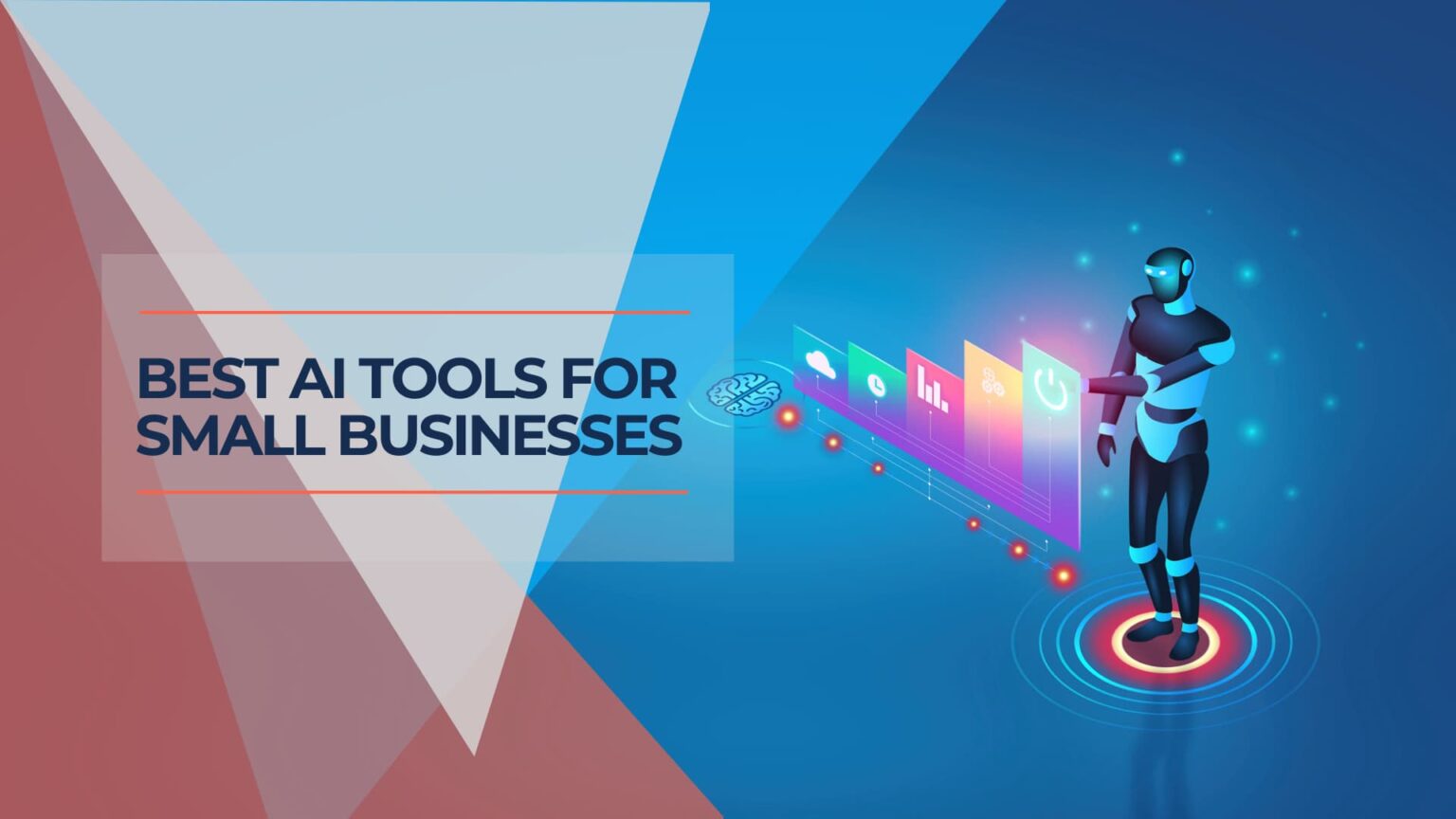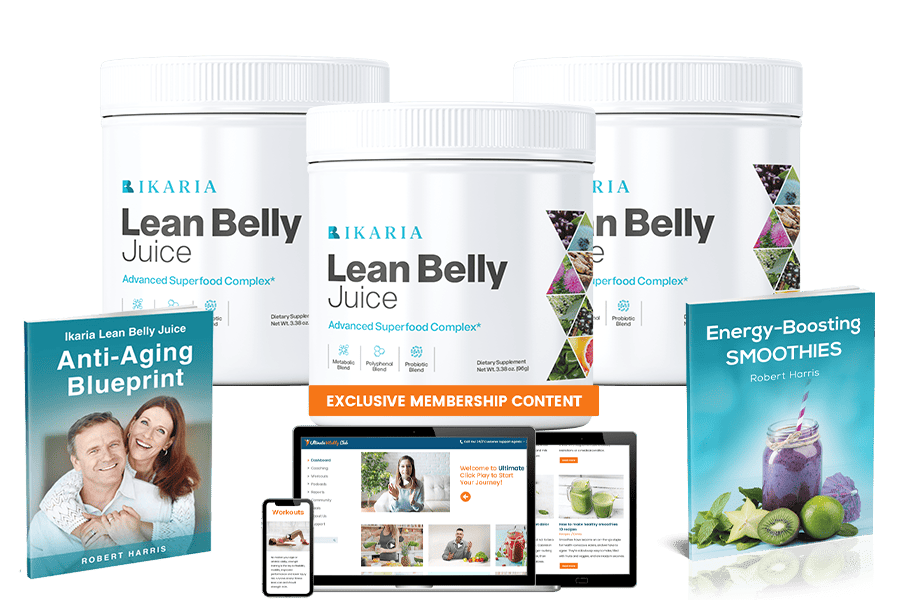How to start a blog and make money in 2025? Starting a blog can be quick, taking only 10 to 15 minutes. With 6 easy steps, you can start your blog and join those making money online. In 2025, starting a blog costs between $34.50 to $65.40 for the first year. Platforms like WordPress CMS make it easy, even if you’re not tech-savvy.
Thinking about starting a blog? Now’s the best time. Part-time bloggers can earn $250,000 – $500,000 a year. The average blogger makes $37,073 annually. Hosting costs about $5 a month, making it easy to start.
To begin, pick a name and niche for your blog, then choose a hosting site. Don’t worry if you’re unsure about the name; you can change it later. With the right advice and passion, you can build a successful blog. This lets you share your story, connect with others, and make money from home.
Key Takeaways
- Starting a blog can take as little as 10-15 minutes and costs between $34.50 – $65.40 for the first year
- WordPress powers over 60% of all blogs on the Internet, making it easier for beginners to start blogging
- Part-time bloggers can earn between $250,000 – $500,000 yearly, with an average annual income of $37,073
- Choosing a niche, selecting a hosting site, and creating content are the key steps to starting a successful blog
- Blogging allows you to share your story, gain recognition, and make money while connecting with a community of like-minded individuals
Understanding the Basics of Blogging
Before you start blogging, it’s key to know what a blog is and how it works. A blog is a site or part of a site that updates often with posts. Bloggers share their thoughts and knowledge on many topics, from hobbies to professional advice.
What is a Blog and How Does it Work?
A blog is a place to share info and connect with people. When you start a blog, you make a spot to share your ideas and connect with others. Blogs are easy to read because they’re written like you’re talking to someone.
Writing a blog post and publishing it on your site is simple. Your readers can then read and talk about your content. Most blogs have a comments section for readers to share their thoughts and talk with you and others.
Benefits of Starting a Blog
Starting a blog has many benefits, for both fun and work. Here are some reasons to start your own blog:
- Share your passion: Blogging lets you share what you know and love with people all over the world.
- Establish yourself as an authority: By posting often, you can become known as an expert in your area, gaining respect and trust.
- Connect with like-minded people: Blogging helps you meet others who share your interests, creating strong connections and partnerships.
- Improve your writing skills: Writing regularly makes you better at writing and telling stories.
- Monetize your blog: As your blog grows, you can make money through ads, sponsored posts, and selling products, turning your hobby into a job.
Blogging lets people express themselves, share what they know, and build a following. It’s a great way to grow personally and professionally.
| Blogging Platform | Monthly Page Views | New Posts per Month | New Comments per Month |
|---|---|---|---|
| WordPress.com | Over 20 billion | Nearly 70 million | Almost 77 million |
Millions of people read blogs every day. Starting a blog is a great chance to reach many people and make a difference. Whether you want to share your story, teach others, or start a business, blogging is a flexible and powerful way to do it.
Choosing Your Blogging Niche
Choosing a blog niche is a key decision when starting a blog. A niche is a specific topic you’ll focus on. Picking the right niche can lead to success, while a wrong choice can cause frustration and slow growth. We’ll look at how to find your passions, research profitable niches, and focus on a successful blog.
Identifying Your Passions and Expertise
When picking a niche, think about what you’re passionate about and what you know well. Blogging about what you love makes creating content easier and keeps you motivated. Reflect on your hobbies, skills, and experiences. What topics do you like talking about? What advice do people often ask you for? Knowing your passions and expertise helps you pick a niche that fits your interests and knowledge.
Researching Profitable Niches
Passion is key, but so is the niche’s profitability. A profitable niche has a clear audience, low competition, and many ways to make money. To check if a niche is profitable, look at these factors:
- Audience demand: Use tools like Google Trends and keyword research platforms to see how popular topics in your niche are.
- Competition: Look at other blogs in your niche to see how competitive it is and find areas you can improve on.
- Monetization potential: Think about how you can make money, like through affiliate marketing, sponsored content, digital products, and ads.
By looking into these factors, you’ll understand if your niche can make money and make smart choices for your blog.
Narrowing Down Your Focus
After finding your passions and checking out profitable niches, focus on a specific area. Focusing on a niche within a broader topic can help you stand out and draw in readers. For example, instead of a general cooking blog, focus on vegan recipes, budget meals, or a certain type of cuisine.
To focus better, think about these things:
- Identify your unique selling proposition (USP): What makes your blog different? What special knowledge or view do you bring?
- Define your target audience: Who are you writing for? What do they like, struggle with, and want to achieve?
- Assess your competition: How can you be different from other blogs in your niche? What do you offer that they don’t?
By focusing well, you’ll make content that speaks to your audience and makes you an expert in your niche.
Choosing the right blog niche is crucial for success. By finding your passions, researching profitable niches, and focusing, you’ll build a blog that draws readers and offers chances to make money.
Setting Up Your Blog
Setting up your blog is a key step in making money through blogging. You need to make smart choices about your blogging platform, domain name, web hosting, and blog design. These choices will help you create a successful and profitable blog.
Choosing a Blogging Platform
WordPress.org is the top choice for blogging platforms. It’s different from free platforms like WordPress.com or Blogger. A self-hosted WordPress.org blog lets you control your site and make money without limits. It has many customizable themes and plugins, making it great for growing your blog.
Selecting a Domain Name and Hosting Provider
Your domain name is your blog’s online address. It’s important for branding and SEO. Pick a name that’s easy to remember, fits your niche, and includes keywords for better search results. Stick with .com, .net, or .org extensions for trust and recognition.
After picking your domain name, find a good web hosting provider. A good host keeps your blog online, fast, and ready for more visitors. Look at uptime guarantees, customer support, and prices that fit your budget when comparing hosts.
| Web Hosting Provider | Starting Price (per month) | Uptime Guarantee |
|---|---|---|
| Bluehost | $2.95 | 99.98% |
| SiteGround | $6.99 | 99.99% |
| HostGator | $2.75 | 99.99% |
Designing Your Blog’s Layout and Branding
Your blog’s design and branding are key to making a good first impression. Make sure your design is simple, readable, and attractive. Choose a theme that matches your niche and personality, making your content easy to read and navigate.
Being consistent with your blog’s branding is important. Pick a color scheme, font, and logo that fit your blog’s purpose and audience. Use these elements everywhere on your blog and social media to build a strong brand.
Investing time and effort into setting up your blog correctly from the beginning will lay a solid foundation for your blogging journey and increase your chances of success in the long run.
Creating High-Quality Blog Content
To make a successful blog, focus on creating content that grabs your audience’s attention and keeps them coming back. A good blog content strategy is key. It helps draw and keep readers and boosts your search engine rankings.
Developing a Content Strategy
Creating a content strategy is vital for your blog’s success. It should mix informative, fun, and engaging posts that add value to your audience. Think about these points when planning your content strategy:
- Know who your audience is and what they like
- Figure out what content they’ll enjoy
- Use a content calendar to plan and keep track of your posts
- Include different types of content, like articles, tutorials, and interviews
Writing Engaging and Informative Blog Posts
Writing posts that catch and keep readers is crucial. Here are some tips for writing great blog posts:
- Pick a headline that makes people want to read more
- Write clearly and concisely, using short paragraphs and headings
- Use stories, examples, and facts to back up your points
- Add visuals like images and videos to make your posts more engaging
- End with a strong conclusion and a call-to-action
According to a study by BuzzSumo, articles with an image every 75-100 words got twice as many social media shares as those with fewer images.
Optimizing Your Content for Search Engines
Getting your blog content to show up in search engines is key to getting more visitors. Here are some SEO tips for blogs:
| SEO Strategy | Description |
|---|---|
| Keyword Research | Find keywords and phrases that fit your blog posts |
| Meta Descriptions | Write catchy meta descriptions that sum up your post and include your keywords |
| Image Optimization | Make images smaller, use clear file names, and add alt text |
| Internal Linking | Link to other relevant posts on your site to help readers find more content |
By focusing on creating top-notch, engaging content and making it search engine friendly, you can build a loyal audience and boost your blog’s visibility in search results.
Driving Traffic to Your Blog
After creating great content for your blog, it’s time to focus on getting more readers. Promoting your blog is key to success. There are many ways to bring more people to your site and grow your readership.
Using social media is a strong way to promote your blog. Share your posts on Facebook, Twitter, Instagram, and other networks to reach more people. Talk with your followers, join discussions, and be part of online groups in your area. This helps you get noticed and draw in readers.
Writing guest posts for other blogs is also great for getting more traffic. Contact bloggers in your field and offer to write for them. This gets your work seen by new people and helps your blog rank better in search engines.
Starting from 0 to 12,000 page views in 3 months was achieved by employing a strategy detailed in a blog article. The blog then progressed to reach 100,000 page views in an additional 18 months and eventually reached 500,000 page views.
SEO is crucial for long-term blog traffic. Do thorough keyword research to find the right keywords for your topics. Make sure your blog posts, titles, and descriptions include these keywords. This makes your blog easier to find online.
Building an email list is a strong way to promote your blog and keep readers coming back. Offer special content or resources to get people to sign up. Send newsletters with your latest posts and updates to keep your subscribers interested and visiting your blog.
| Traffic Generation Strategy | Key Benefits |
|---|---|
| Social Media Promotion | Reaches a wider audience, builds engagement, and attracts interested readers |
| Guest Posting | Exposes your content to a new audience, builds backlinks, and improves search engine rankings |
| SEO Optimization | Improves blog visibility in search results, attracts organic traffic, and drives long-term growth |
| Email Marketing | Keeps readers engaged, promotes latest blog posts, and drives repeat traffic |
Being consistent is important for getting more blog traffic. Always promote your blog, talk with your readers, and keep making great content. With these strategies and dedication, you’ll see more people visiting your blog and growing your online presence.
How to Start A Blog and Make Money
Starting your blogging journey means looking into ways to make money. We’ll cover four methods to earn through your blog: affiliate marketing, sponsored content, selling digital products, and using ad networks.
Affiliate Marketing for Bloggers
Affiliate marketing lets bloggers earn by promoting products they like. Join programs like Amazon Associates or eBay Partner Network for affiliate links. When someone buys through your link, you get a commission. Pick products that fit your blog’s theme and help your readers.
Sponsored Content Opportunities
Working with brands for sponsored content is another way to earn. Companies pay for posts, social media, or reviews that reach your audience. Always be clear about your partnerships with your readers, as it’s the law. Choose brands that match your blog’s style and values for a good fit.
Selling Digital Products and Services
Selling your own digital products is a great way to make money and help your readers. Think about ebooks, courses, printables, or templates that solve your audience’s problems. Your expertise in these formats can bring in a steady income and make you a go-to person in your field.
Leveraging Ad Networks for Passive Income
Ad networks like Google AdSense, Mediavine, or AdThrive let you earn by showing ads on your blog. These networks match ads with your content and visitors. As your blog gets more visitors, so does your ad income. Just remember to consider ad placement and how it affects your site.
Adam Enfroy, a successful blogger, started his blog in January 2019 and within 7 months was making $40,000 per month, later doubling it to $80,000 per month. His blog has made him over $1 million for three consecutive years, mainly through affiliate marketing.
Let’s look at some real-life examples of bloggers’ success:
| Blogger | Niche | Monthly Income | Primary Income Source |
|---|---|---|---|
| Adam Enfroy | Digital Marketing | $80,000+ | Affiliate Marketing |
| Michelle Schroeder-Gardner | Personal Finance | $100,000+ | Affiliate Marketing, Sponsored Content |
| Pat Flynn | Online Business | $200,000+ | Affiliate Marketing, Digital Products |
| Melyssa Griffin | Online Courses | $250,000+ | Digital Products, Affiliate Marketing |
Successful bloggers often use a mix of ways to make money. Try affiliate marketing, sponsored content, digital products, and ads to find what works for you. Remember, making a profitable blog takes time, effort, and being open to change as you grow.
Building an Engaged Community
Starting your blogging journey means focusing on building a strong community. An active community boosts your authority in your niche and builds loyalty. It also encourages readers to engage more with your content and each other. By using smart strategies, you can make a space where readers feel important and want to talk with you and others.
Encouraging Comments and Discussions
Encouraging comments and discussions is key to a lively community. Ask your readers to share their thoughts and stories about your posts. Always reply to their comments quickly and thoughtfully. This shows you care about their opinions.
End your posts with questions that spark conversations. This makes readers more likely to comment.
“When you engage with your readers and show genuine interest in their opinions and experiences, you create a sense of belonging and loyalty that keeps them coming back for more.”
To get more people talking, try these ideas:
- Highlight and feature insightful comments in your future blog posts or newsletters
- Organize giveaways or contests that require readers to leave a comment to enter
- Create a “Comment of the Week” feature to recognize and appreciate active participants
Leveraging Social Media to Connect with Readers
Social media is a great way to reach out to your readers beyond your blog. Use it to grow your audience and bring more traffic to your blog. Share your posts on social media with catchy descriptions and visuals to get more clicks and shares.
Join in on social media and talk about your niche. Share useful tips and connect with people who might become readers. Be active on Twitter, Facebook groups, and with influencers in your field. This helps you find new readers and build stronger relationships with your current ones.
| Social Media Platform | Strategies for Reader Engagement |
|---|---|
| Create a dedicated Facebook group for your blog community, share exclusive content, and encourage discussions | |
| Participate in relevant Twitter chats, engage with influencers, and share blog updates and teasers | |
| Share visually appealing images related to your blog content, use relevant hashtags, and engage with your followers through comments and direct messages | |
| Create engaging pins linked to your blog posts, organize boards based on your niche, and join group boards to expand your reach |
Building a strong community takes time and effort. Keep giving your readers great content, encourage meaningful talks, and use social media well. This way, you can grow a loyal and active community around your blog. Remember, your readers are crucial to your success, so always focus on making them happy and engaged.
Scaling Your Blogging Income
As your blog grows and you build a strong online presence, focus on increasing your blog’s income. Diversifying your income sources can make your blog more profitable. This way, you can earn more and meet your financial goals.
Try mixing different ways to make money, like affiliate marketing, sponsored posts, selling digital products, and ads. This mix helps you use various opportunities and not depend on just one way to earn. As your blog gets more popular, you’ll attract better partnerships and earn more.
To boost your blog’s income, think about putting some of your earnings back into your blog and yourself. Use these resources to work smarter, make better content, and reach your goals quicker. Investing in your blog and your skills can lead to big returns over time.
“I started blogging as a side project back in 2019 and it quickly became one of the fastest-growing blogging businesses ever created. This blogging business made over $1 million in under two years with zero dollars spent on advertising.” – Adam Enfroy, a successful blogger
Here’s how Adam’s income changed over time:
| Income Stream | Initial Revenue | Peak Revenue |
|---|---|---|
| Sidebar Ads | $10 to $150 per ad | $700 to $800 per month (30 ads) |
| Ad Networks (e.g., Google Adsense, BlogHer) | $300 per month | $300 per month |
| Affiliate Marketing | Not specified | Over $1 million per year for 3 consecutive years |
| Online Course (Blog Growth Engine) | Not specified | Thousands of students, employs 5 full-time coaches |
| Total Blog Income | $40,000+ per month (within 7 months) | $80,000+ per month |
By focusing on making valuable content, building a loyal audience, and using various income sources, you can grow your blog into a profitable online business. Embrace the changes that come with a growing blog. Don’t hesitate to find new ways to earn passive income.
Common Blogging Mistakes to Avoid
Starting a blog can be exciting, but it’s important to know the common mistakes that can slow you down. By avoiding these errors, you can grow your blog over time. This will help you succeed in the blogging world.
Neglecting SEO Best Practices
One big mistake is not focusing on search engine optimization (SEO). Most blog traffic comes from search engines. If you ignore SEO, many people won’t see your blog. To avoid this, ensure your content is top-notch and includes the right keywords. This matches what your readers are looking for.
Use tools like Semrush to find keywords your audience is searching for. Add these keywords to your blog posts in the title, headings, and text. Also, ensure your blog loads quickly, works well on mobile, and has a clear layout.
Inconsistent Publishing Schedule
Posting at random is another mistake to avoid. It can lose you readers and hurt your search rankings. To fix this, set a regular posting schedule that you can keep up with.
| Blogging Frequency | Benefits |
|---|---|
| 1-2 posts per week | Keeps readers interested and tells search engines your blog is active. |
| 3-4 posts per week | Helps you grow faster, gets more visitors, and makes your blog a go-to source. |
| Daily posting | Increases visibility, grows your audience quickly, and makes your blog a top choice in your field. |
Pick a posting schedule that fits your goals and what you can do. Use calendars and tools to plan your posts ahead. This way, you’ll always have great content to share.
Failing to Engage with Your Audience
Not talking to your readers is a big mistake. It can stop you from growing and succeeding. You need to build a community around your blog for loyalty and trust.
Responding to comments actively is crucial for community engagement and trust building.
To fix this, make an effort to talk to your readers often. Answer comments, emails, and social media messages quickly. Ask questions and ask for feedback to keep the conversation going. Use social media to share your posts and talk to your followers, building a community.
You show you care about your audience’s needs and thoughts by talking to your audience. This can make them more loyal and engaged, and help your blog grow.
Conclusion (How To Start A Blog and Make Money)
How to start a blog and make money in 2025? Starting a successful blog is possible for anyone passionate about their topic and hard work. This guide shows you how to pick a profitable niche, set up your blog, and create engaging content. It also covers how to get more visitors and make money differently.
When you start blogging, aim to make your first $250 in a month. Then, work towards earning over $10,000 a month. Make sure your content is top-notch and connects with your readers. Use social media like Pinterest and Instagram to get more visitors to your blog.
For your blog to succeed, keep learning and adapting. Stay updated with the latest in your field and always focus on giving value to your readers. Avoid mistakes like ignoring SEO, being irregular with posts, and not talking to your audience. This way, you’ll meet your blogging goals and make your passion profitable online.
FAQs ~ How To Start A Blog and Make Money
How long does it take to start a blog?
You can start a blog in just 20 minutes with the right steps and a clear plan. It’s all about being focused and organized.
Do I need to be a great writer to start a successful blog?
Being a great writer isn’t necessary for blogging success. What’s key is your passion for the topic and your desire to share your knowledge.
What are the benefits of starting a blog?
Blogging lets you share your story and make money from home. It helps you gain recognition and find a community that shares your interests.
What is a blog niche, and how do I choose one?
A niche is a specific topic within a broader area you focus on. Choose a profitable niche by picking topics you’re passionate about and researching their potential for making money.
What do I need to set up a self-hosted blog?
For a self-hosted blog, pick a platform like WordPress.org, choose a domain name and web host, and design your blog’s look and feel.
How can I create high-quality blog content?
Create great blog content by planning a content strategy that includes informative, fun, and engaging posts. Write articles that are easy to read and include the right keywords for better search engine results.
What are some ways to drive traffic to my blog?
Share your posts on social media, join online groups in your niche, guest post, and get backlinks from reputable sites to boost your blog’s traffic.
How can I make money from my blog?
You can earn money from your blog through affiliate marketing, sponsored posts, selling digital products, or joining ad networks like Google AdSense or Mediavine.
How can I build an engaged community around my blog?
Encourage comments and discussions, answer reader questions, and connect on social media to build a community. Consider starting a Facebook group or forum for your blog’s topic.
What are some common blogging mistakes to avoid?
Avoid mistakes like ignoring SEO, posting irregularly, and not interacting with readers. Focus on creating top-notch, SEO-friendly content and engaging with your audience.












